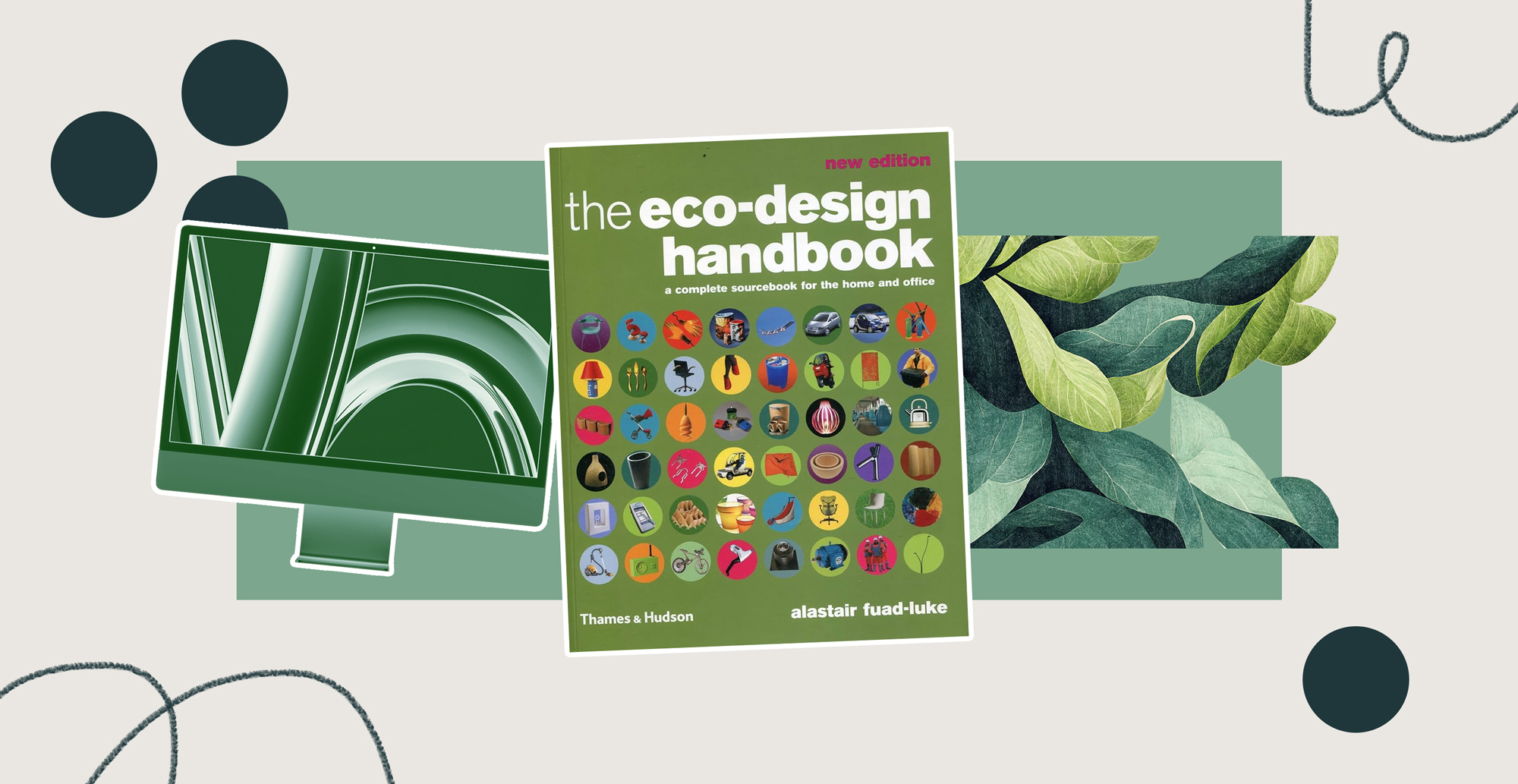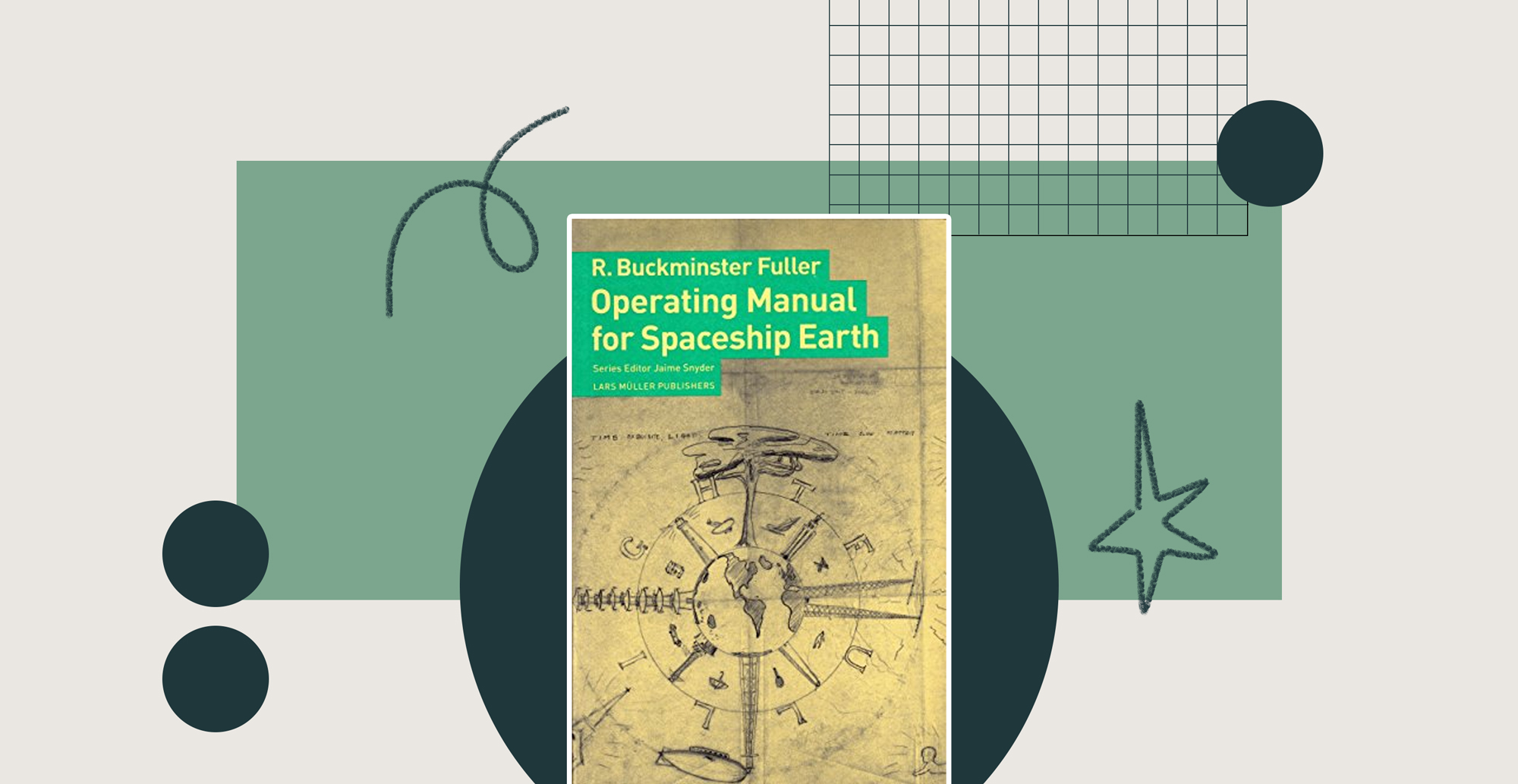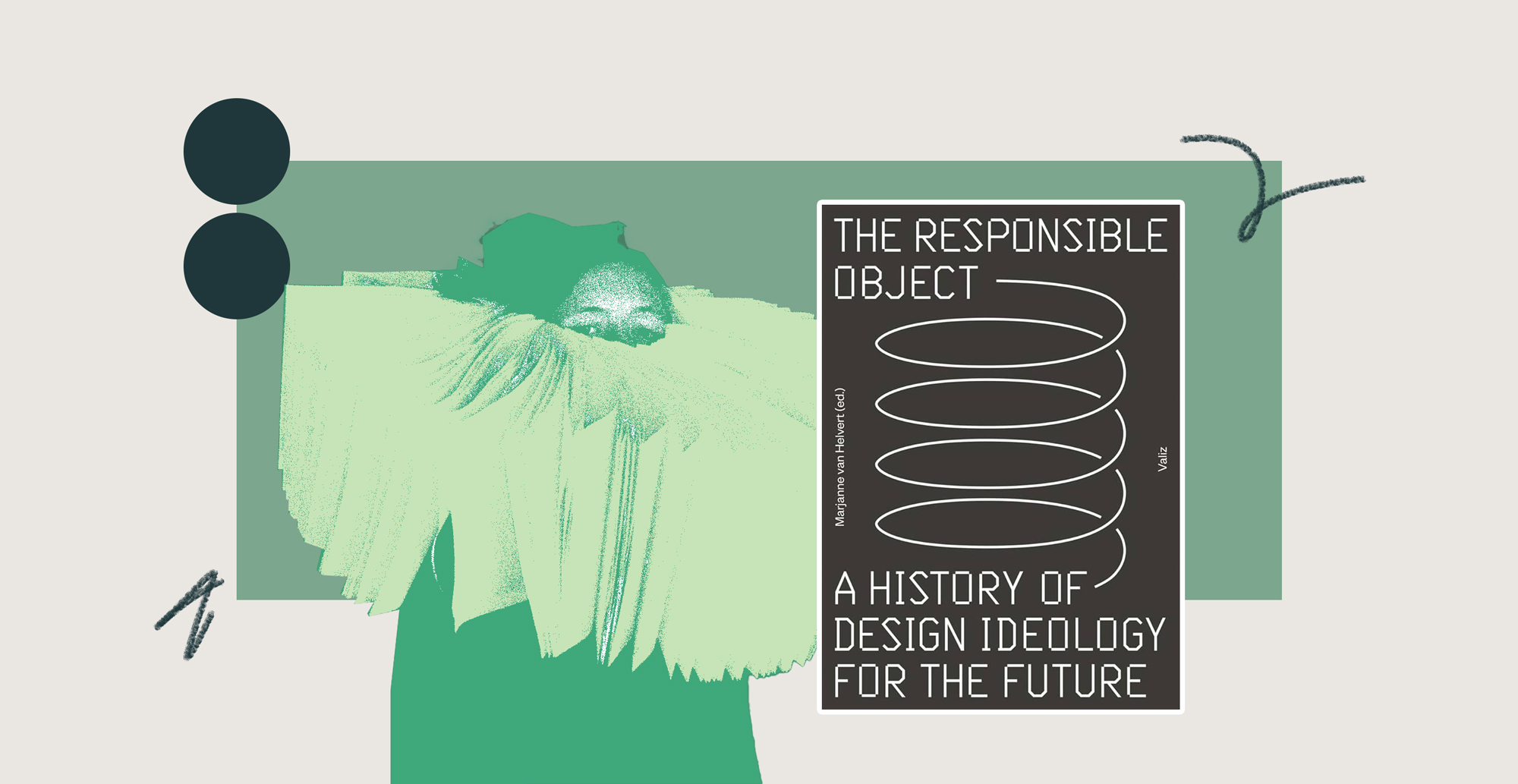New design students, listen Up! You hold the power to save the Earth!
Surfing sustainable design is no small feat. It demands more than just creativity; it requires a conscious effort to design with a positive impact on our environment. As you step into the world of design, remember that sustainability is not just a choice but an imperative.

It's an imperative to create products with a positive impact: sustainability is non-negotiable in design
You, as aspiring designers, are the torchbearers of this responsibility, shaping the future of design with a focus on sustainability. Get ready to explore the meaningful intersection of creativity and environmental consciousness. You have the potential to make a lasting impact, not just in the world of design but on the health of our planet.
“The challenge of climate change is the challenge of good design” – McLean, W. and Silver, P. 2021. Environmental Design Sourcebook: Innovative design ideas for a sustainable built environment. London RIBA
Navigating Sustainable Environmental Design
The concept of environmental design encompasses a diverse array of arts, sciences, and considerations associated with the creation of the human-designed environment, with implications extending to the non-human world. Examples include urban planning, architecture, landscape design, lighting, and interiors. Surprisingly, the roots of environmental design trace back to ancient Greek times.
When discussing environmental design, we are referring to the development of practices, policies, spaces, and products aimed at enhancing the health and well-being of both humans and our broader natural environments. Consequently, today’s discourse extends beyond mere environmental design to encompass the concept of sustainable environmental design. Addressing this issue is crucial, and there is an urgent need to develop practices that go beyond aesthetics more than ever. Sustainable environmental design embodies a responsibility and commitment that spans from the inception of an idea to its tangible realisation.
So, what exactly is sustainable environmental design? This question echoes through the corridors of the design classes at Istituto Marangoni London. Before delving into it, let’s dissect some of the most common keywords for sustainable environmental design.
Do you recall some of these key concepts?
- Circular economy
- Climate change
- Climate positive
- Closed-loop recycling
- Cradle-to-cradle
- Design activism
- Up-cycling
- Eco-design process
- Green design process
- Greenwashing
- Life Cycle Assessment (LCA)
- Life cycle design
- Renewable resources
- Sustainable Development Goals (SDG)
- Sustainable design
- Sustainable Product Design (SPD)

Alastair Fuad-Luke's “The Eco-Design Handbook” is essential reading for aspiring environmental designers focused on sustainability
If it sounds overwhelming, we get you. But do not worry, “The Eco-Design Handbook: A Complete Sourcebook for the Home and Office” by Alastair Fuad-Luke will clear the mist of confusion by explaining the terms applied by designers, green organisations and sustainable strategies.
Now you have your direction to navigate the contemporary landscape that traces the evolution of the sustainable environmental design approach.
Sustainable Product Design: A Challenge Today for a Better Tomorrow
The global community is dedicatedly defining Sustainable Product Design (SPD) as both a philosophy and a practice, expanding the definition to integrate ethical and social impacts.
For today’s designers, the challenge is crystal clear: to mitigate or eliminate the environmental footprint of products while actively engaging in the design process. How? Becoming recognised as an eco-designer and adhering to the E.U. eco-design directives. You will get there step by step, but it is good to know that performance criteria commence from the conception and design phases.
The Evergreen Principles of Sustainable Design
If you do not know where to start, dive into three fundamental theories of early visionaries who shaped the role of contemporary sustainable designers:
- Use natural resources
- Design responsibly
- Circular design and Regenerative design
“Nature is neither good nor evil. Only we and our products can be good or evil” – German architect and structural engineer Frei Otto
American biologist Rachel Carson is regarded as the mother of the ecological concept; her Silent Spring (1962) is one of the most influential books in the modern environmental movement and provided the impetus for tighter control of pesticides, including DDT. Her controversial views at the time opened the debate and continue to resonate today.
“Human beings always doing the most intelligent thing… After they’ve tried every stupid alternative and none of them have worked” – American architect, systems theorist, writer, designer, inventor, philosopher, and futurist Richard Buckminster Fuller
One of the greatest minds of the 20th century, R. Buckminster Fuller (July 12, 1895 – July 1, 1983), was also a visionary designer with concerns about the limitations of natural resources. His principle, ephemeralisation (the ability of technological advancement to do “more and more with less and less until eventually you can do everything with nothing”), combines recyclable resources with pre-extracted materials, rendering competition for natural resources obsolete.

R. Buckminster Fuller's "Operating Manual for Spaceship Earth" provides guidance for steering our planet towards a sustainable future
Richard Buckminster Fuller’s books laid the foundation for the ongoing discussions we are currently engaged in. Please consider these two volumes: “Operating Manual for Spaceship Earth” (1969), which offers advice on guiding “Spaceship Earth” toward a sustainable future, and “Approaching the Benign Environment” (1970), where three scientists wonder whether man can retain his humanity and ideals in the face of rapid and radical changes being fostered by science.
Responsible Design: A History of Socially Committed Strategies
In “The Responsible Object: A History of Design Ideology for the Future,” Marjanne van Helvert traces socially committed design strategies within the Western design tradition, spanning from William Morris to Victor Papanek and from VKhUTEMAS to FabLab.

Marjanne van Helvert's "The Responsible Object: A History of Design Ideology for the Future"
“Design must be an innovative, highly creative, cross-disciplinary tool responsive to the needs of men. It must be more research-oriented, and we must stop defiling the Earth itself with poorly-designed objects and structures,” Austrian-born American designer and educator Victor Papanek.
A fervent advocate for socially and ecologically responsible design, Papanek authored “Design for the Real World” in 1971, a widely-read book in design and architectural schools. Despite facing ridicule for his theories at the time, Papanek guided a generation of designers toward abandoning “fetish objects for a wasteful society” and embracing a new era of morally and environmentally responsible design.
Circular and Regenerative Design: Transforming Our Approach to Creation
“Glance at the sun.
See the moon and the stars.
Gaze at the beauty of earth’s greenings.
Now, think.”
– Hildegard von Bingen
“Cradle to Cradle: Remaking the Way We Make Things” (2002) is a groundbreaking book by German chemist Michael Braungart and U.S. architect William McDonough. This manifesto outlines their visionary Cradle-to-Cradle Design model, advocating for a profound shift in industry practices—from a cradle-to-grave approach to a cradle-to-cradle philosophy. In essence, it urges us to view waste and materials not as byproducts but as nutrients for what comes next.
Join the Movement: Be Part of a Radical Change
It’s not breaking news, but the clock is ticking! By 2030, the United Nations has set a mission to achieve the 17 Sustainable Development Goals (SDGs) to combat climate change.
As designers, your role is to uncover issues within our societies, organisations, ideologies, worldviews, and cultures and devise ways to set them right.
In the U.K., the Architects Declare students group initiated a call to action in 2019, urging the global community to play a responsible role.
“Meeting the needs of our society without breaching the earth’s ecological boundaries will demand a paradigm shift in our behaviour,” they stated in their Build Environment Declares—a global petition uniting all aspects of construction and the built environment. It serves as both a public acknowledgement of our planet’s environmental crises and a commitment to take positive action in response to climate breakdown and biodiversity collapse.
To delve deeper into the issue, Daniel Christian Wahl’s “Designing Regenerative Cultures” (2016) offers a comprehensive analysis of the global landscape, akin to a ‘Whole Earth Catalog’ for the 21st century. It presents an extensive examination of what’s wrong with our societies, organisations, ideologies, worldviews, and cultures—and proposes ways to rectify them.
Undoubtedly, collaboration between government, industry, and academia is evolving. However, figures like Richard Buckminster Fuller or Victor J. Papanek might question, “Why did it take so long?”
Can Sustainable Environmental Designers Save the Future Earth? (Yes)
Emerging designers and students bear a profound responsibility within their educational journey—to serve as guardians against environmental degradation and actively contribute to addressing these challenges. Your formidable tools encompass materials innovation and applied technologies, positioned to confront the pressing environmental issues of our time.
When products are conceptualised with explicit environmental objectives, the positive impacts multiply exponentially.
Essentially, the hands and minds of the next generation of sustainable environmental designers, including yours, hold transformative capabilities. Your contributions are significant, markedly increasing the chances of saving the Earth.
Silvia De Vecchi
University Librarian, London



